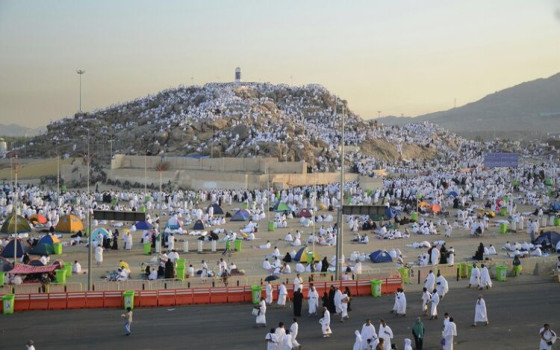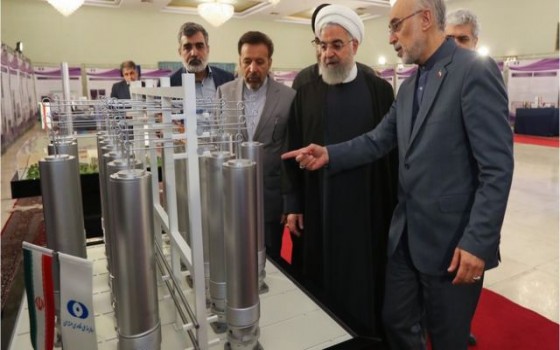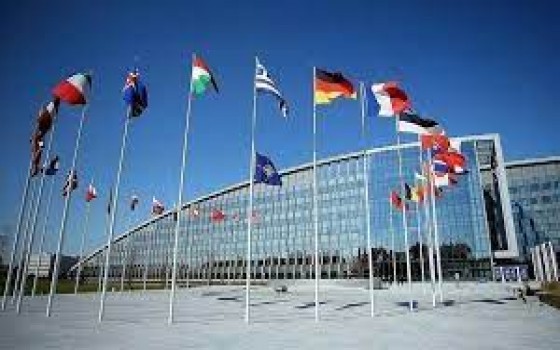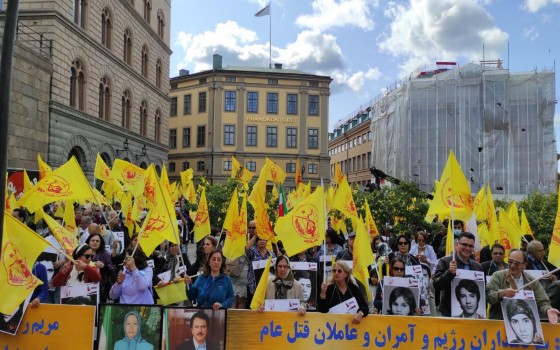
Muslims celebrate Eid al-Adha after fasting on the Day of Arafat and spending time in prayer, supplication, and reciting the Quran.

- Europe and Arabs
- Thursday , 5 June 2025 12:57 PM GMT
Mecca: Europe and the Arabs
Muslims celebrate Eid al-Adha on Friday morning after fasting on the Day of Arafah (Thursday), which is the day of standing on Mount Arafat. Muslims around the world watched this spiritual scene on television, and international media outlets covered the matter. The European news network in Brussels, Euronews, reported that, "In a scene that is repeated every year, renewing the awe and sanctity of the place, hundreds of thousands of pilgrims streamed to Mount Arafat at dawn on Thursday to perform the greatest pillar of the Hajj pilgrimage, the fifth pillar of Islam. This was amid soaring temperatures approaching 40 degrees Celsius, and strict measures were in place to ensure the safety of visitors during this hot season.
According to Saudi authorities, the number of pilgrims arriving in the Kingdom from abroad has so far exceeded 1.5 million.
The Spiritual Peak of the Hajj
With the break of dawn, pilgrims began arriving at Mount Arafat, about 23 kilometers from the Grand Mosque in Mecca, in preparation for spending the day on one of the holiest days in the Islamic calendar.
Pilgrims will spend the daytime hours praying, supplicating, and reciting the Quran until sunset, when they depart Arafat for Muzdalifah, located between Arafat and Mina. There, they will rest and spend the night in preparation for the Day of Sacrifice, the first day of Eid al-Adha. They will begin collecting pebbles to throw at the Jamarat al-Aqaba.
The moment of standing in Arafat is the spiritual culmination of the Hajj rituals, as the squares and plain surrounding Mount Arafat fill with the sounds of supplication, as the eyes of Muslims around the world turn to this sacred site.
Health and Regulatory Warnings
In light of the soaring temperatures, the Saudi Ministry of Health has urged pilgrims to always use sun umbrellas, drink sufficient amounts of water, even without feeling thirsty, and avoid walking under the sun during peak hours or touching hot surfaces.
The Ministry also urged pilgrims to take breaks to avoid heat exhaustion, noting that Arafat experiences harsh weather conditions that increase the risk of heatstroke. Saudi Arabia's Dr. Tawfiq Al-Rabiah warned against the dangers of random walking to Mount Arafat, stressing the need to use designated transportation for pilgrims and to stay in tents between 10:00 a.m. and 4:00 p.m. to avoid sunstroke.
Intensive Organizational Efforts
The current Hajj season reflects a remarkable organizational mobilization by Saudi authorities, following the deaths of 1,301 pilgrims last year, most of whom were unregistered, due to overcrowding and extreme heat that reached 51.8 degrees Celsius.
This year, the Kingdom has intensified its measures by expanding shaded areas by more than 50,000 square meters, deploying thousands of medical personnel, and providing more than 400 cooling units distributed throughout the holy sites.
Authorities have also used artificial intelligence technology to analyze image data and monitor crowds, and have deployed a new fleet of drones to control the flow of visitors. In addition, the authorities have launched a broad campaign to limit the entry of irregular pilgrims, in an effort to reduce pressure on infrastructure and ensure a safe and healthy Hajj season for all participants. With the continued influx of crowds, this day remains a pivotal moment in the Hajj season, as spiritual rituals intersect with logistical and climatic challenges that the Kingdom is carefully managing.












No Comments Found